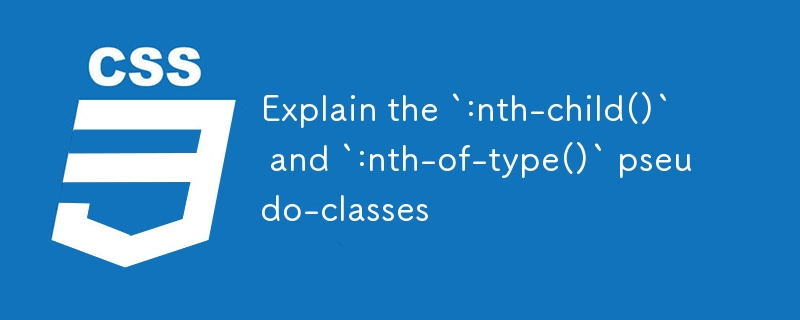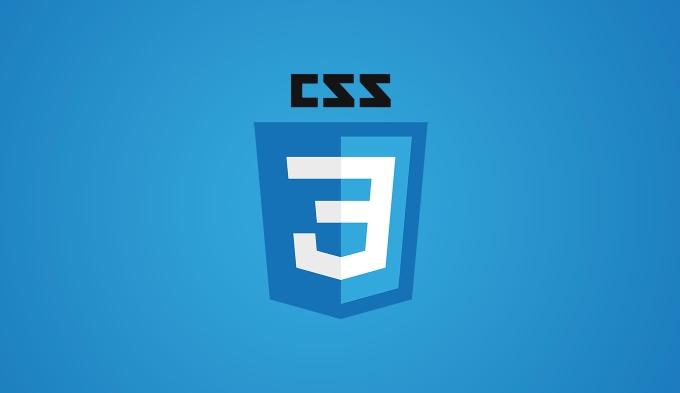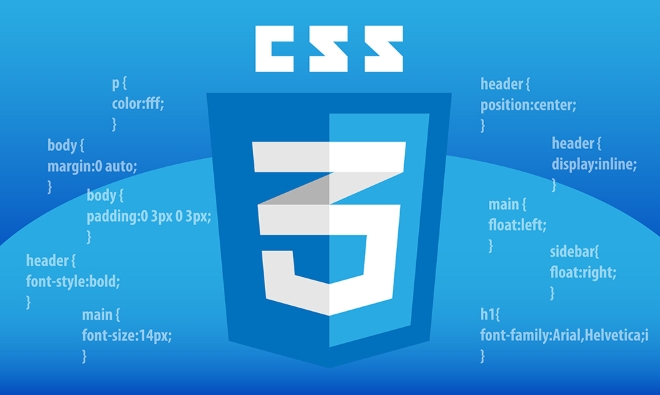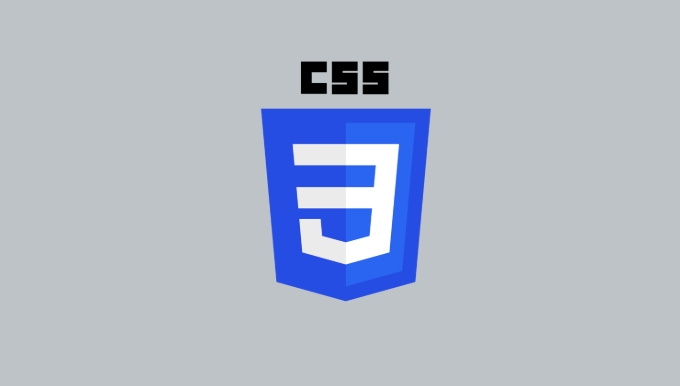Explain the `:nth-child()` and `:nth-of-type()` pseudo-classes
Jul 15, 2025 am 01:23 AM <p>When you're trying to select specific elements in CSS, especially repeating ones like list items or table rows,
<p>When you're trying to select specific elements in CSS, especially repeating ones like list items or table rows, :nth-child() and :nth-of-type() are incredibly useful. They look similar and do somewhat similar jobs, but there's a key difference between them that can trip people up.

What’s the main difference?
<p>:nth-child() looks at all the siblings inside a parent and counts them regardless of type. If the element at position 2 is a <p></p>, then p:nth-child(2) would match it — but only if it's a <p></p>. Wait, no — scratch that. It actually matches the element if it's the nth child, regardless of what kind of element it is. So p:nth-child(2) will only match a <p></p> if the second child of its parent happens to be a <p></p>. Otherwise, it won’t match anything.
<p>On the other hand, :nth-of-type() filters by element type first. It only counts the elements that share the same tag name as the selector. So p:nth-of-type(2) means “select the second <p></p> among its sibling <p></p> tags,” ignoring any other types of elements.
 <p>Let’s break this down further with some practical examples.
<p>Let’s break this down further with some practical examples.
How :nth-child() works
<p>Imagine this HTML structure:

<div> <h2>Title</h2> <p>First paragraph</p> <p>Second paragraph</p> <span>Some span</span> <p>Third paragraph</p> </div><p>Now say we use this CSS:
p:nth-child(3) {
color: red;
}<p>What does this do? It checks the third child of the <div>. The third child is a <p>, so it gets styled. But if we tried p:nth-child(2), nothing would happen because the second child is also a <p>, but the selector still works — wait, why?<p>Actually, p:nth-child(2) says "select the <p> that is the second child." Since the second child is a <p>, it works. But if the second child were an <h2>, then p:nth-child(2) wouldn't match anything.<p>So remember:- <li>
:nth-child() doesn’t care about element type when counting.<li>It only matches if the element at that position matches your selector.How :nth-of-type() works
<p>Now let’s take the same HTML and apply this rule:p:nth-of-type(2) {
color: blue;
}<p>This one says: “Find all <p> elements that are the second <p> among their sibling <p>s.” In our example, the second <p> is selected — even though it's the third child overall (because of the <h2> before it). This selector skips over non-<p> elements and just counts the <p>s.<p>This makes :nth-of-type() more predictable when working with mixed content.<p>Use cases for :nth-of-type() include:- <li>Styling alternate rows in a table where each row is a
<tr><li>Selecting every third image in a gallery without worrying about surrounding text or linksWhen to use which one?
<p>Here’s a quick guide:<p>Use:nth-child() when:- <li>You want to target based on position, not element type<li>You’re sure the children are consistent (like in a pure list)
:nth-of-type() when:- <li>You're dealing with mixed elements<li>You want to specifically target the Nth instance of a certain tag
li:nth-child(2) on a list where the second child is not an <li> will result in no match — even if there is a second <li> later in the list.A few syntax tips
<p>Both pseudo-classes accept the same kinds of values:- <li>Keywords like
odd and even<li>Formulas like 2n 1 or 3ntr:nth-of-type(even) { background: #f2f2f2; }<p>This gives alternating row colors in a table.<p>Or:li:nth-child(3n) { font-weight: bold; }<p>Highlights every third list item.
<p>Just keep in mind how each selector interprets the count.
<p>So, in short,
:nth-child() counts all siblings while :nth-of-type() filters by type first. Once you get used to how they interpret the document tree, choosing the right one becomes second nature.The above is the detailed content of Explain the `:nth-child()` and `:nth-of-type()` pseudo-classes. For more information, please follow other related articles on the PHP Chinese website!

Hot AI Tools

Undress AI Tool
Undress images for free

Undresser.AI Undress
AI-powered app for creating realistic nude photos

AI Clothes Remover
Online AI tool for removing clothes from photos.

Clothoff.io
AI clothes remover

Video Face Swap
Swap faces in any video effortlessly with our completely free AI face swap tool!

Hot Article

Hot Tools

Notepad++7.3.1
Easy-to-use and free code editor

SublimeText3 Chinese version
Chinese version, very easy to use

Zend Studio 13.0.1
Powerful PHP integrated development environment

Dreamweaver CS6
Visual web development tools

SublimeText3 Mac version
God-level code editing software (SublimeText3)

Hot Topics
 What is 'render-blocking CSS'?
Jun 24, 2025 am 12:42 AM
What is 'render-blocking CSS'?
Jun 24, 2025 am 12:42 AM
CSS blocks page rendering because browsers view inline and external CSS as key resources by default, especially with imported stylesheets, header large amounts of inline CSS, and unoptimized media query styles. 1. Extract critical CSS and embed it into HTML; 2. Delay loading non-critical CSS through JavaScript; 3. Use media attributes to optimize loading such as print styles; 4. Compress and merge CSS to reduce requests. It is recommended to use tools to extract key CSS, combine rel="preload" asynchronous loading, and use media delayed loading reasonably to avoid excessive splitting and complex script control.
 External vs. Internal CSS: What's the Best Approach?
Jun 20, 2025 am 12:45 AM
External vs. Internal CSS: What's the Best Approach?
Jun 20, 2025 am 12:45 AM
ThebestapproachforCSSdependsontheproject'sspecificneeds.Forlargerprojects,externalCSSisbetterduetomaintainabilityandreusability;forsmallerprojectsorsingle-pageapplications,internalCSSmightbemoresuitable.It'scrucialtobalanceprojectsize,performanceneed
 What is Autoprefixer and how does it work?
Jul 02, 2025 am 01:15 AM
What is Autoprefixer and how does it work?
Jul 02, 2025 am 01:15 AM
Autoprefixer is a tool that automatically adds vendor prefixes to CSS attributes based on the target browser scope. 1. It solves the problem of manually maintaining prefixes with errors; 2. Work through the PostCSS plug-in form, parse CSS, analyze attributes that need to be prefixed, and generate code according to configuration; 3. The usage steps include installing plug-ins, setting browserslist, and enabling them in the build process; 4. Notes include not manually adding prefixes, keeping configuration updates, prefixes not all attributes, and it is recommended to use them with the preprocessor.
 What are the key differences between inline, block, inline-block, and flex display values?
Jun 20, 2025 am 01:01 AM
What are the key differences between inline, block, inline-block, and flex display values?
Jun 20, 2025 am 01:01 AM
Choosing the correct display value in CSS is crucial because it controls the behavior of elements in the layout. 1.inline: Make elements flow like text, without occupying a single line, and cannot directly set width and height, suitable for elements in text, such as; 2.block: Make elements exclusively occupy one line and occupy all width, can set width and height and inner and outer margins, suitable for structured elements, such as; 3.inline-block: has both block characteristics and inline layout, can set size but still display in the same line, suitable for horizontal layouts that require consistent spacing; 4.flex: Modern layout mode, suitable for containers, easy to achieve alignment and distribution through justify-content, align-items and other attributes, yes
 How can you animate an SVG with CSS?
Jun 30, 2025 am 02:06 AM
How can you animate an SVG with CSS?
Jun 30, 2025 am 02:06 AM
AnimatingSVGwithCSSispossibleusingkeyframesforbasicanimationsandtransitionsforinteractiveeffects.1.Use@keyframestodefineanimationstagesforpropertieslikescale,opacity,andcolor.2.ApplytheanimationtoSVGelementssuchas,,orviaCSSclasses.3.Forhoverorstate-b
 What is the conic-gradient() function?
Jul 01, 2025 am 01:16 AM
What is the conic-gradient() function?
Jul 01, 2025 am 01:16 AM
Theconic-gradient()functioninCSScreatescirculargradientsthatrotatecolorstopsaroundacentralpoint.1.Itisidealforpiecharts,progressindicators,colorwheels,anddecorativebackgrounds.2.Itworksbydefiningcolorstopsatspecificangles,optionallystartingfromadefin
 What is the scope of a CSS Custom Property?
Jun 25, 2025 am 12:16 AM
What is the scope of a CSS Custom Property?
Jun 25, 2025 am 12:16 AM
The scope of CSS custom properties depends on the context of their declaration, global variables are usually defined in :root, while local variables are defined within a specific selector for componentization and isolation of styles. For example, variables defined in the .card class are only available for elements that match the class and their children. Best practices include: 1. Use: root to define global variables such as topic color; 2. Define local variables inside the component to implement encapsulation; 3. Avoid repeatedly declaring the same variable; 4. Pay attention to the coverage problems that may be caused by selector specificity. Additionally, CSS variables are case sensitive and should be defined before use to avoid errors. If the variable is undefined or the reference fails, the fallback value or default value initial will be used. Debug can be done through the browser developer
 CSS tutorial focusing on mobile-first design
Jul 02, 2025 am 12:52 AM
CSS tutorial focusing on mobile-first design
Jul 02, 2025 am 12:52 AM
Mobile-firstCSSdesignrequiressettingtheviewportmetatag,usingrelativeunits,stylingfromsmallscreensup,optimizingtypographyandtouchtargets.First,addtocontrolscaling.Second,use%,em,orreminsteadofpixelsforflexiblelayouts.Third,writebasestylesformobile,the






